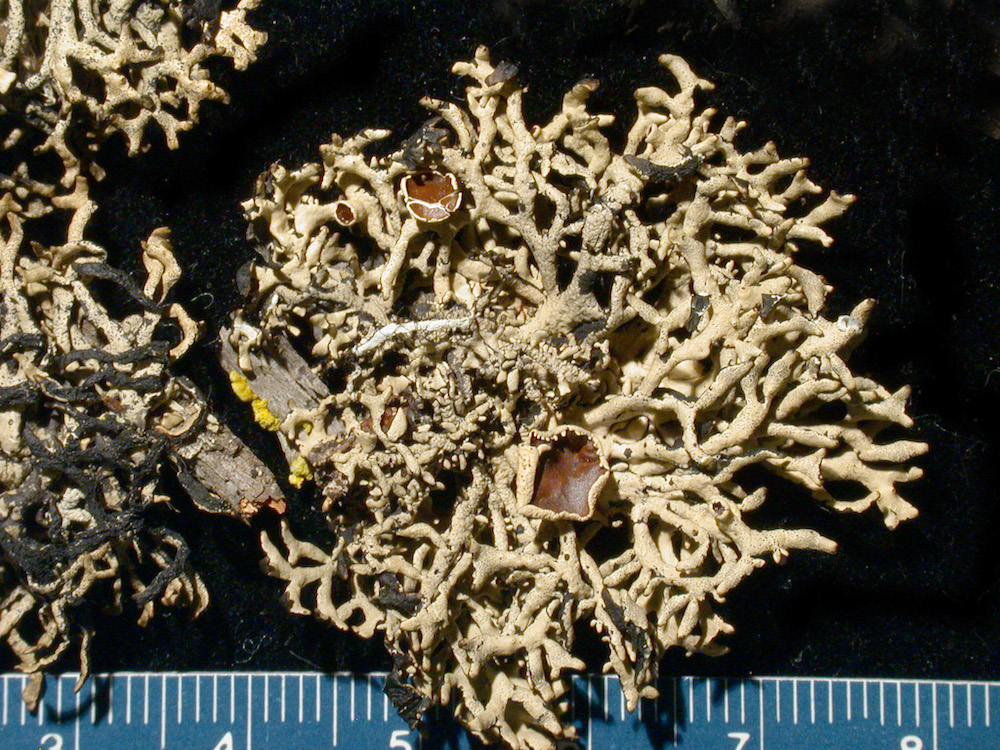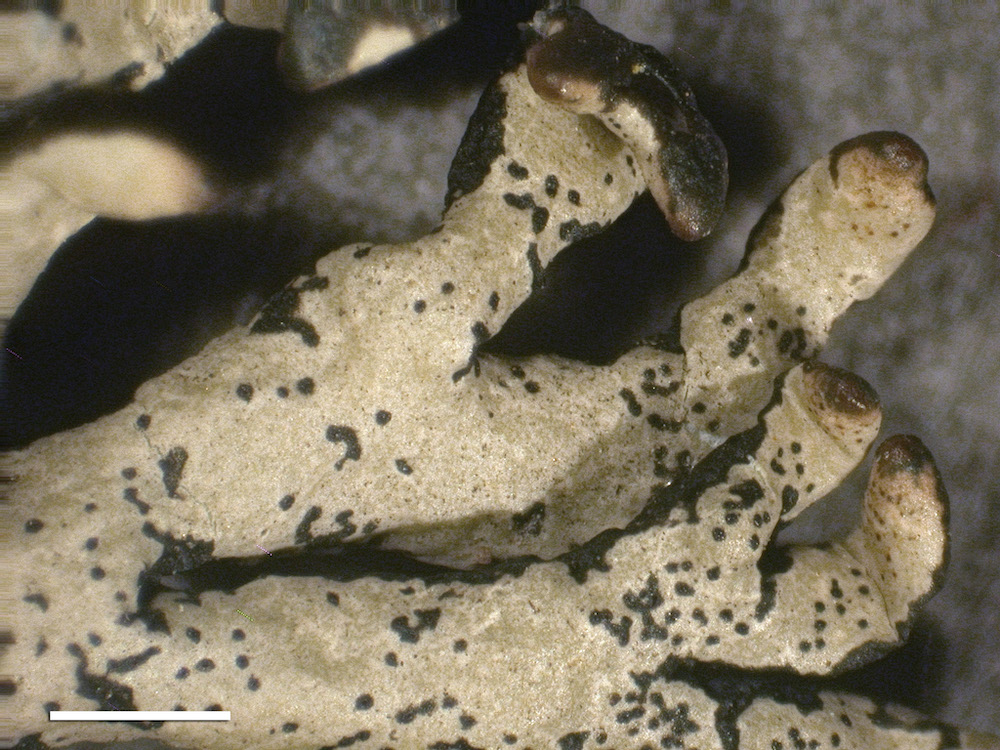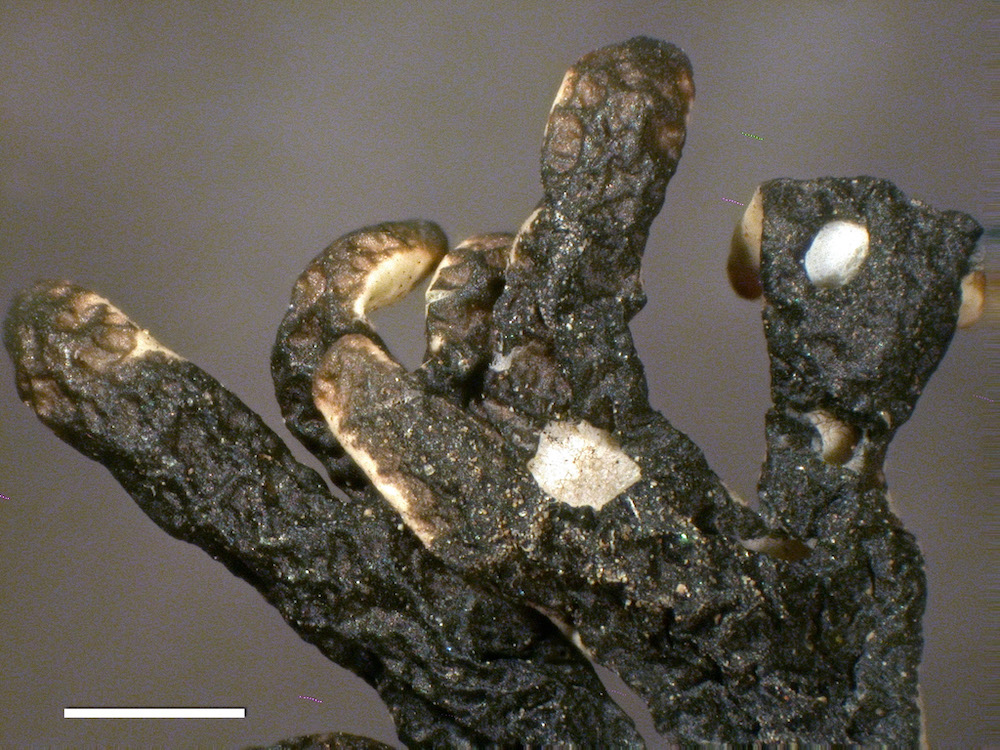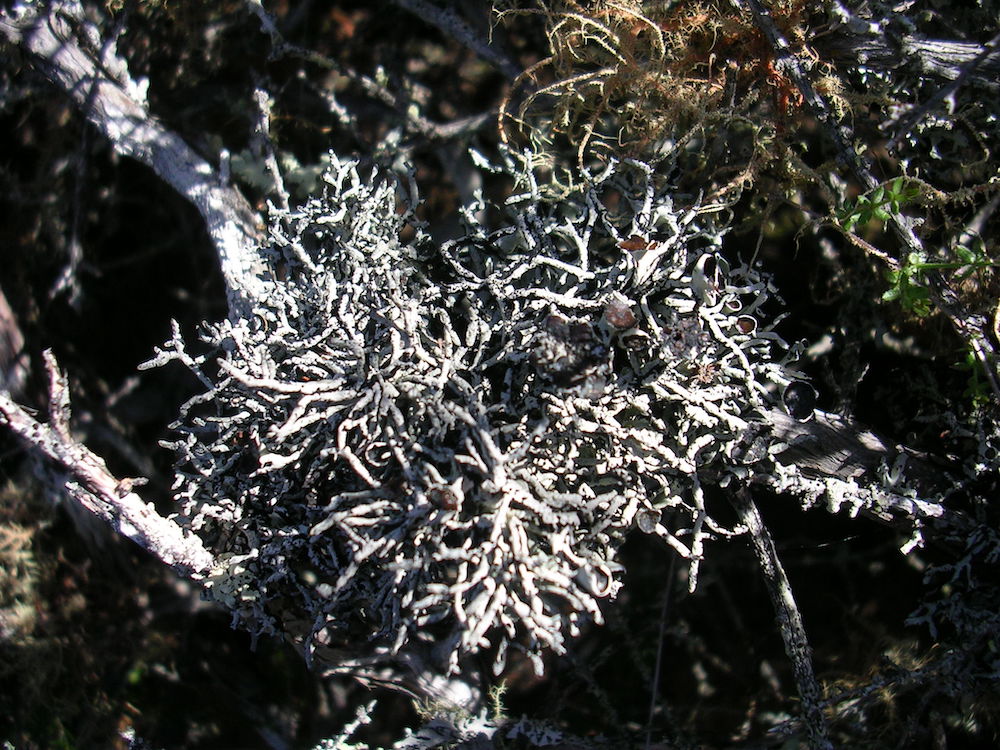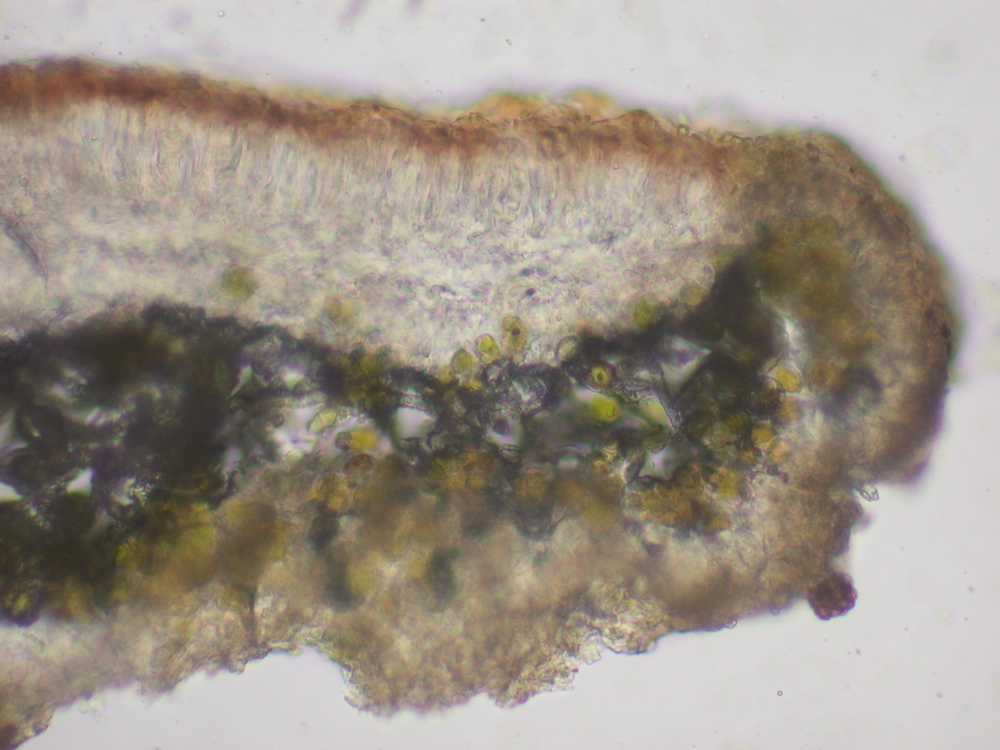Click on Characteristic name for explanation. Click on image for larger version.
Overview
| Synopsis:
| Slender, erect, arcuate lobes, the lobe tips and axils perforate, lobe cavity grayish to white; medulla P+ orange red, KC+ orange red.
|
| Distribution:
| Endemic to California. Coastal chaparall in California, rarely inland to southern Sierra Nevada
|
| Habitat:
| chaparral and open woodlands
|
| Range:
| Central and Southern California
|
| Other Diagnostics: | Imshaugii-like but perforate, always P+, and always suberect to erect, separate lobes; also differs in absence of diffractaic and presence of C7 unknown; chemically like H. heterophylla but cavities mostly white, lobes somewhat narrower and smaller thallus than typical heterophylla
| | Substrate Notes: | On chaparral shrubs and conifers, both bark and wood
| | Abundance in North America: | Locally common
| | Substrate: | Typically
| | Host: | Shrubs, conifers, hardwoods
| | On Rock: | Never
| | On Moss/Detritus/Sod: | Never
| | Authority: | McCune
| | References: | McCune (2002), McCune et al. (2011)
| | Synonymy: | None
|
|
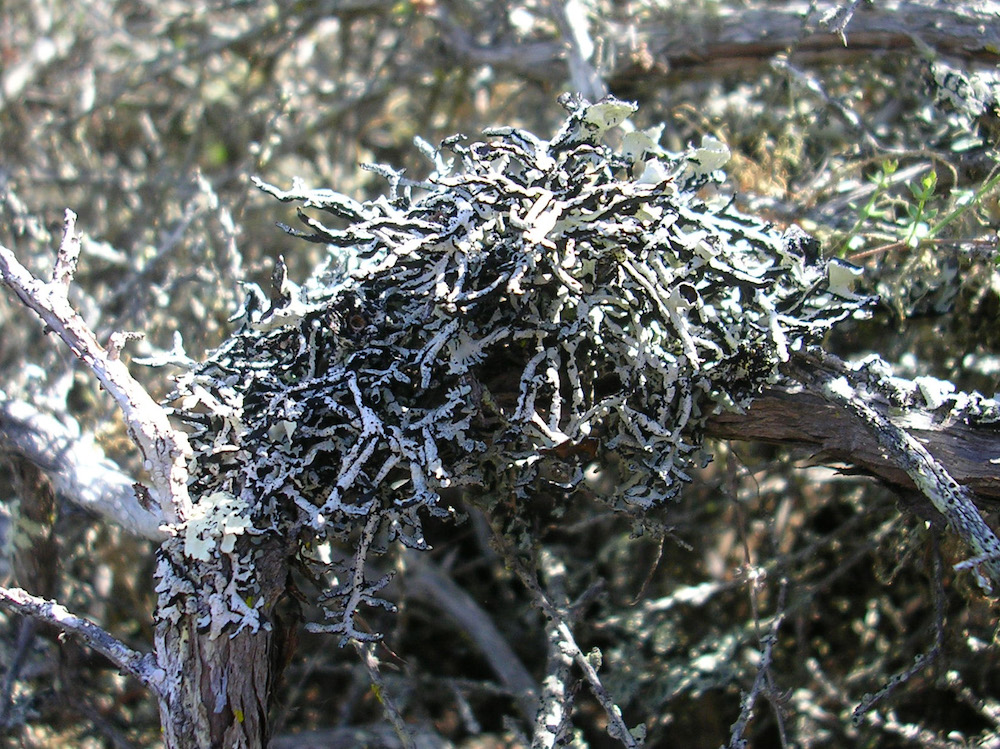
Habit
|
Reproductive Structures
|
|
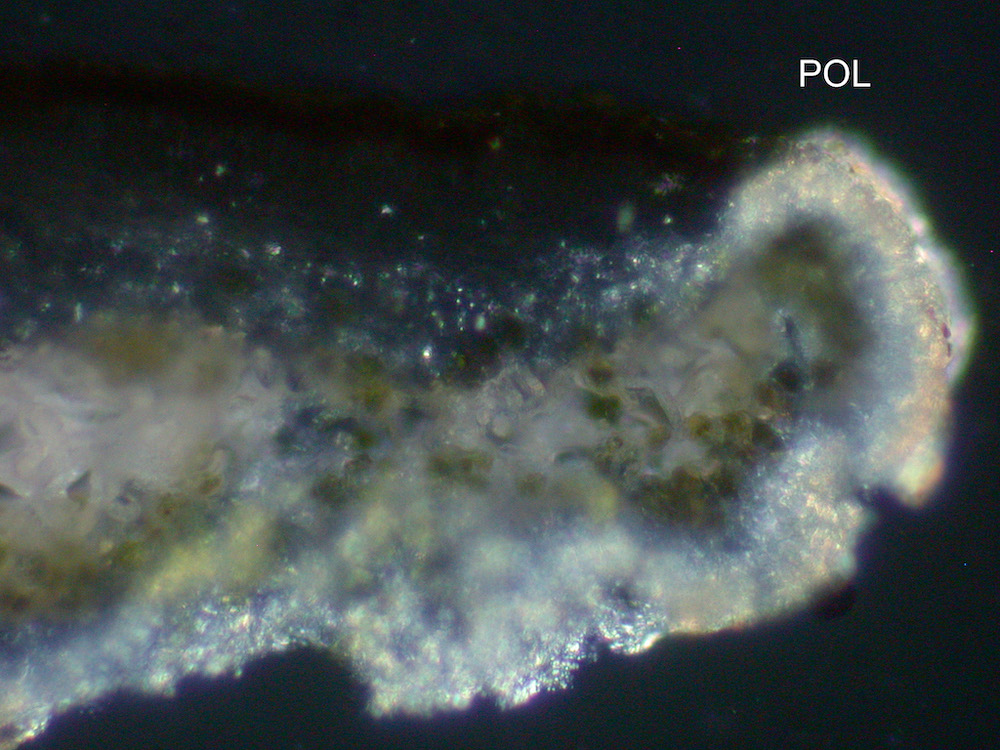
Hymenium, polarized light
2/3
|

